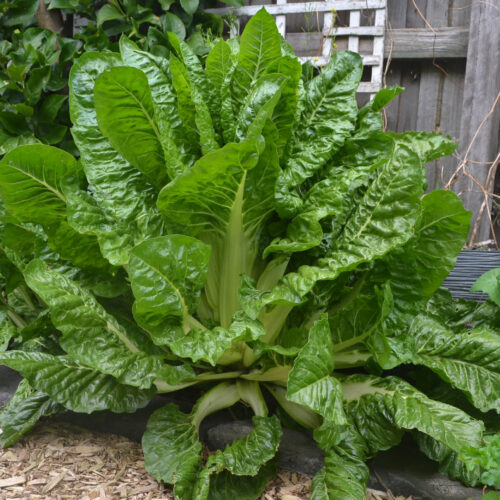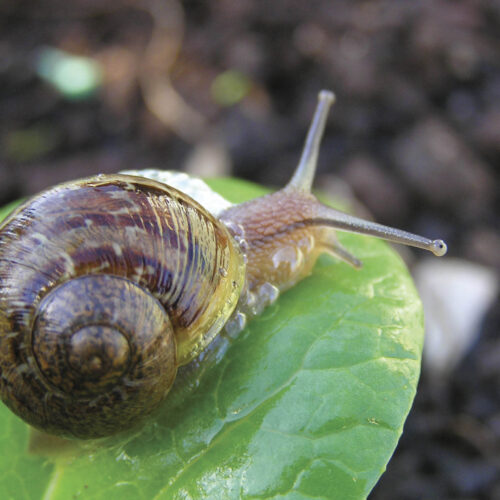DIY tools
2015-08-20T01:45:14+10:00
Fancy a bespoke spade handle? OG reader Alan Tori shows how he made tool handles from a broken pear tree branch.
Organic Gardener reader Alan Tori sent in this letter published in our Nov/Dec 2015 issue about how he made tool handles from a broken pear tree branch. For those willing, here are the steps he took in making them.
Tools from the garden
Some time back, I had to chop off a broken branch from our rather large ornamental pear tree. Until that day, all I thought it was good for was shade, but instead of wasting the branch I decided to make a replacement handle for a broken shovel that belonged to my grandfather. I also made a handle for a trowel and a fork.
I have some health issues so the work took a lot of time and patience but gave me a great sense of achievement. The result is some very hard, but smooth wooden handles that I will always feel connected to when I use them. Garden tools from the garden – what could be better than that? Oh, and the lime, feijoa, cherry, mandarin, orange and plum no longer tease the ornamental pear now that it has provided something!
Steps:
1. Select a branch from a tree that closely matches the size that you want for your shovel or garden tool – as the less rasping and sanding to size, the better (unless you are lucky enough to own a wood lathe or know a friend who does).
Also if you pick a long branch, it will naturally taper along the length, so there may be a couple of sections the right size for different digging tools.
Pear wood is great for tool handles as it does not seem to split or dry out quickly. An ornamental cherry tree could work too. You can experiment with other trees but cypress and orange trees tend to split after time. Do not use poisonous plants like oleander or the like. ( **Do not use homemade handles for Axes, splitters or any striking tools, such as hammers due to wood not being strength tested for safety against breakage).
2. Just cut selected branch at base using normal pruning techniques and straight at both ends, do not angle the cut ( you will tapper one end later) .
3. Remove all lateral or small branches from your selected branch with saw or small axe…striking away from yourself.
4. With back of same axe, or a hammer (probably safer…and one less gardening accident for the year!) – strike the bark of the branch all the way along.
5. The bark should split and loosen off the green wood. You have to be patient here and keep going in small and gentle hits until the bark can be pulled off, usually in strips.
6. If all the bark does not come off…shave it off with that axe you had earlier, or a sharp pruning knife.
7. Now wipe vegetable oil on ends of the branch to seal – no double dipping in Mum or Dad’s best oil !!! Let the branch dry in the shed or shade for a week or two until sticky sap residue dries out. Keep ends moist though.
8. When dry to touch, shape the branch along its length, so that it fits into your garden tool, using a rasp, wood file, sand paper – or that friend with the wood lathe!. Tip if replacing a broken handle, copy the shape of the end that goes into the tool….usually tapered. The old tool will usually have a screw or bolt holding it onto the tappered handle, save it, to reattach to new one (if not rusty otherwise you will need a new one). To remove the old handle- once unscrewed – Hold the tool over soft dirt and lightly tap the head until it falls safely on the ground.
9. Once shaped, use vegetable oil or beeswax or boiled linseed oil and work it into handle with soft cloth.
11. Repeat coating every day as the previous day’s soaks in until it does not soak in any more, you will know as it will be wet the next day.
12. Buff with a soft cloth, whack in your new handle and grin with pride. Push the new handle into the shovel or tool. Now trust physics and turn the tool upside down and tap the handle on the ground, this will tighten the shovel head on the tapper Secure with screw as needed. Maintain oil or wax to handle every autumn, or if it feels really dry. Tip: Bees wax polishes to a great shine and is more hardy than oil…and just like your handle – also came from the garden!!





